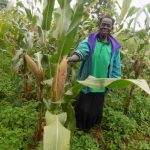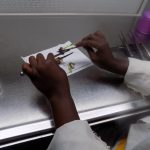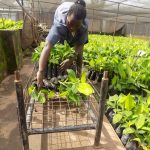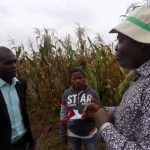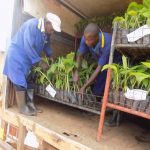Bio-economy as a catalyst for Uganda’s middle-income status
5 min read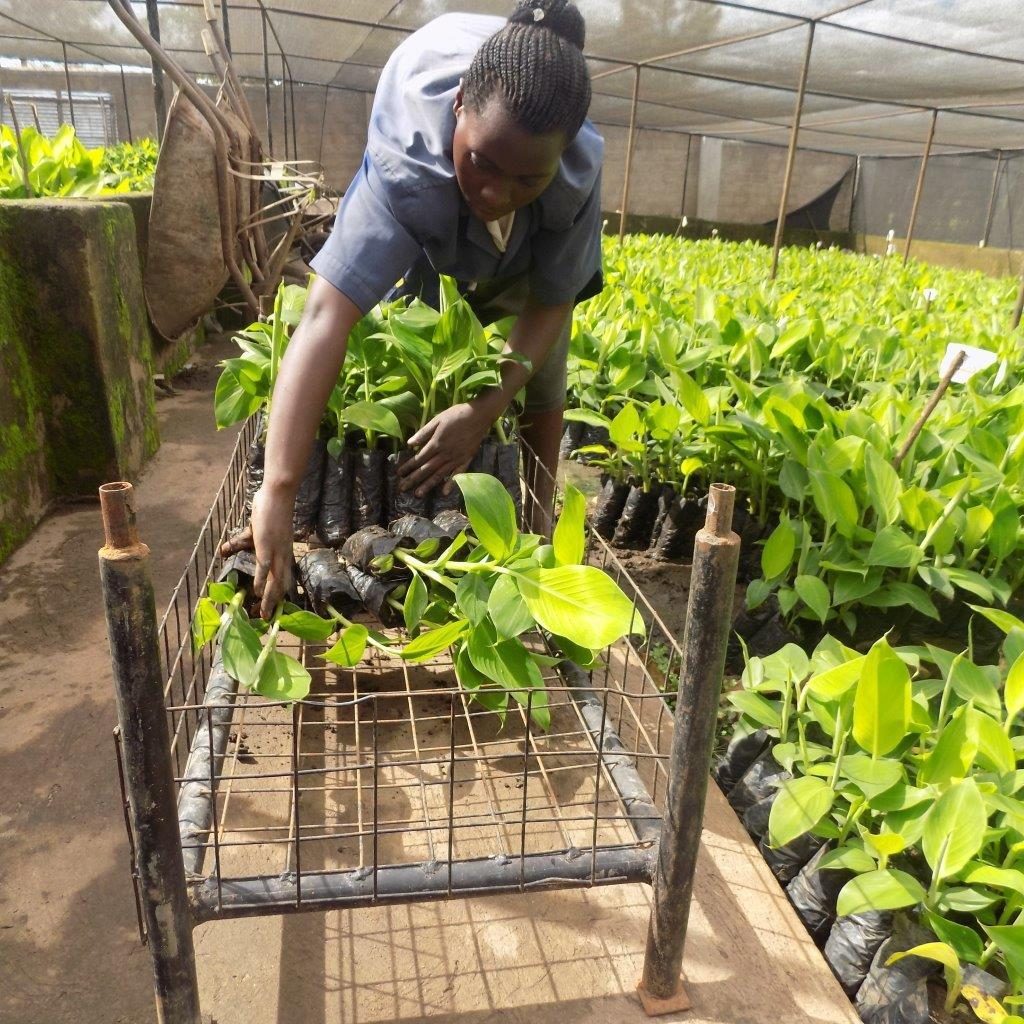
By Christopher Bendana
KAMPALA,UGANDA
Every generation has a major activity driving its economic development. There was the Stone Age with stone crafting, the Industrial Revolution with manufacturing, and now bio-economy.
In a bio-economy, entrepreneurs use living organisms to make products. They are manufacturing vaccines, producing fuel, and food.
And as Uganda positioned itself to become a middle-income country Dr. Elioda Tumwesigye, the Minister for Science Technology and Innovation has taken on himself on highlighting the importance of bio-economy in achieving this vision.
When you meet him at a breakfast meeting, opening workshop or wedding meeting his common phase now is bio-economy.
Forget his off-book statistics on HIV/Aids prevalence, and incidence his current area include biotechnology, and biomedicine, the ability of the living organisms to tackle current human challenges of hunger, disease, climate change, and resource depletion.
Scientists are using living organisms to produce at faster rates and volumes that are unprecedented in human history, and with precision.
In Uganda, Agro-Genetic Technologies, a bio-based company in Buloba, along Mityana road produces millions of banana plantlets from banana cells/tissues instead of having a few suckers from a banana family.
In other countries
In the Netherlands, there is a meat lab where meat is being grown from cow cells. In the United States of America mass production of insulin is by use of biotechnology instead of killing hundreds of pigs to extract insulin from the pancreases.
In South Korea research is ongoing to grow human body parts like pancreases and kidneys in monkeys and chimps.
But wait a minute, if ordinary people are surprised by growing cells into products. Noble and crazy things are happening in Silicon Valley.
Scientists there are integrating genetic engineering and nanotechnology to solve problems. Not very far from now, we shall hear of some brain supported by some computer chips.
Last year the Guardian newspaper reported on a story No death and an Enhanced Life: Is the future transhuman, on programs to prolonging human life beyond flesh and surviving on technical components. This would pose various ethical questions.
Get the money
Samuel Opio, a pharmacist, and the secretary, Pharmaceutical Society of Uganda (PSU) a biotech enthusiast believes Uganda can earn big from genetic engineering technology.
He says genetic engineering has given pharmacists an edge.
Opio cites the current manufacture of insulin using genetic engineering where scientists isolated the gene from the pancreas, inserted it in a bacteria, a living organism, to produce insulin. This is done in a lab. He says the process has multiple advantages.
First, the scientist is reproducing pure insulin. “It has not impunities that need purification,” he said.
Second, he says insulin can be produced in mass quantities and a cheap price.
Opio explained that previously scientists would kill two pigs to get insulin from their pancreas to treat one person suffering from diabetics. The quantity would treat a patient for a year. It would then need to be purified.
He says the process was laborious making the cost of production high and qualities low and out of reach of many patients. The quantity would treat a patient for a year.
He says 51 new medicine developed using genetic engineering have been approved in the last five years including one for hepatitis B. Another 300 medicines are under research.
Opio says Uganda can earn money through high-quality starch derivatives used to make drugs.
“Government can deliberately put in place policies and an effective infrastructure to use of the products like cassava and maize that we have in oversupply,” he said.
GM technology is not limited to drug production, it is now used in the treating of brain tumors and cancer in the USA.
But biotech dreamers like Opio will have to wait ahead. While countries like the United States use existing legislation to conduct and develop GM products, Uganda, which is a party to the Cartagena Protocol on Biosafety, is required to put in place a law for biosafety to support research and development in GM technology.
Agriculture biotechnology
There is nowhere the impact of genetic engineering has been found to have an everlasting impact that in agriculture.
All the leading commodity producers in world use genetic engineering in the toolbox. From the Cerrado in central Brazil to the flat plains of Midwest America and the northern plains of Mpumalanga in South Africa, the GM revolution has swept across plains.
From breeding for resistant to pests and diseases, and resistance to weather vagaries, countries that adopted early have benefitted from the technology.
Figures from the World Trade Organization (WTO) show an increase in agriculture exports from biotech giants including Brazil and Argentine.
The WTO also debunks the myths that there is no market from GM products. It lists the top agriculture exporting countries for the year 2016, with the European Union, a set of 28 countries toppings the list of importers. Top exporters are USA, Brazil, China, Canada, Indonesia, Argentine, Thailand, India, and Australia respectively. With exception of the EU, many of these countries cultivate GM crops.
The top agricultural exporter in Europe, the Netherlands also has some biotech research and allow the culture of meat from meat cells.
Dr. Goeffrey Arinaitwe a plant breeder and founder of BioCrops, a biotechnology company involved in tissue culture agrees with Opio and says the government should look at biotechnology in a broader sense rather than limiting it to genetic engineering.
He argues that GM research in enhancing bananas with Vitamin A would go a long way in mitigating anemia, and limiting blindness, and hence increasing human productivity.
He adds that marker-assisted biotechnology would help scientists in breeding for enhanced nutrient content.
Arinaitwe is one of the most adherent supporters of GM technology says a favorable biotechnology law encourages the private sector to enter the industry propelling development. Uganda’s most advanced modern biotechnology has put emphasis of five major crops important for the country’s food security.
A banana resistant to the virulent Banana Bacteria Wilt has been bred at the National Laboratories Research Institute Kawanda, as well as a cassava resistant to the Cassava Brown Streak Disease which has been bred at the National Crops Resources Research Institute (NaCRRI) Namulonge.
Other advanced successful genetic engineering research has been on Water Efficient Maize for Africa, NEWEST rice for nitrogen absorption, and Irish Potatoes where breeders at Kachwekano Zonal Agricultural Research and Development Institute (KaZARDI) in Kabale district have also bred an Irish potato resistant to late blight disease. All these are being undertaken at NARO research institutes. Makerere University is also conducting research on genetically engineered soybean for tolerance to herbicides.
